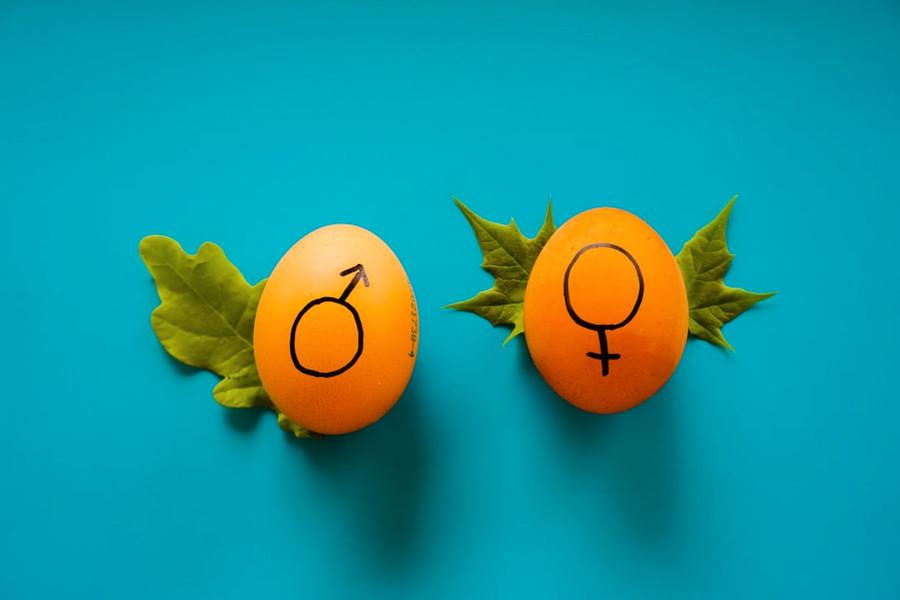Ismena W.'s Key Ideas from Why We Love
by Helen Fisher
Ideas, facts & insights covering these topics:
8 ideas
·4.8K reads
27
1
Explore the World's Best Ideas
Join today and uncover 100+ curated journeys from 50+ topics. Unlock access to our mobile app with extensive features.
Universal Characteristics of Romantic Love
Romantic love transcends cultural and historical boundaries, characterized by an intense longing for a particular individual, euphoria, and obsessive thinking about the beloved. This universal phenomenon is often accompanied by emotional dependency, where the lover's mood swings between exhilaration and despair based on the beloved's actions. Despite the diversity of social customs, the core experience of romantic love remains strikingly consistent across the globe, suggesting a common biological basis.
55
840 reads
Chemistry of Love
Love is not just a fleeting emotion but a complex biological process. It involves neurotransmitters and hormones that affect the brain's reward system, similar to the effects of addictive substances. Dopamine, in particular, plays a significant role in the sensation of pleasure and motivation, driving individuals toward their love interest. This chemical cascade can lead to increased energy, focused attention, and reduced need for food or sleep, mirroring the behavior of someone with a goal-oriented drive.
60
704 reads
Forms of Affection
Human affection manifests in three distinct but interrelated systems: lust, driven by the desire for sexual gratification; attraction, which narrows our focus to a single partner; and attachment, the bond that leads to long-term companionship. Each system is associated with different hormone activities, such as testosterone and estrogen for lust, dopamine and norepinephrine for attraction, and oxytocin and vasopressin for attachment. Understanding these systems can help explain the complexities of human relationships and the challenges they often face.
64
632 reads
Attraction Factors
Attraction is influenced by a mix of factors, including the allure of the unknown, the appeal of those who are different from us, and the innate preference for symmetrical features. Mystery can fuel romantic interest, as it invites curiosity and exploration. Differences, whether cultural or personal, can be intriguing and sexually exciting. Symmetry is often subconsciously associated with genetic health and fertility, making it a key factor in physical attraction.
61
573 reads
Gender Differences in Mate Selection
Evolutionary psychology suggests that gender differences in mate selection are rooted in ancestral survival strategies. Men's preference for physical attractiveness may be linked to cues for fertility and health, while women's preference for intelligence and resources could be tied to securing support for child-rearing. These tendencies, while not absolute, have been observed across cultures and may be influenced by societal norms and individual experiences.
57
534 reads
Love Maps
'Love maps' are mental frameworks that outline the specific characteristics we seek in a partner. These maps are shaped by personal experiences, cultural expectations, and biological predispositions. They guide us, often subconsciously, in choosing a mate and can explain why certain individuals appeal to us more than others. These maps are unique to each person and can evolve over time as we encounter new experiences and insights.
60
501 reads
Evolutionary Origins
The concept of romantic love may have served an important evolutionary function by promoting pair-bonding and cooperation between partners, aiding in the survival of offspring. This theory suggests that love evolved as a mechanism to keep parents bonded long enough to raise children together, providing a stable environment for the next generation.
58
488 reads
Love and Evolution
As human societies evolved, so did the concept of love, adapting to different social and environmental pressures. Romantic love may have contributed to social cohesion and the establishment of familial units, which were crucial for the survival of early human communities. The evolution of love has had profound implications for social structures, influencing marriage practices, family dynamics, and even economic systems.
55
532 reads
IDEAS CURATED BY
CURATOR'S NOTE
These descriptions provide a deeper understanding of the key insights from Helen Fisher's "Why We Love," exploring the biological, psychological, and social aspects of love. They can serve as a comprehensive guide for anyone interested in the science behind human attraction and attachment.
“
Discover Key Ideas from Books on Similar Topics
7 ideas
Attached
Amir Levine, Rachel Heller
18 ideas
You Deserve Better
Anne-Marie
13 ideas
Loving Bravely
Alexandra H. Solomon
Read & Learn
20x Faster
without
deepstash
with
deepstash
with
deepstash
Personalized microlearning
—
100+ Learning Journeys
—
Access to 200,000+ ideas
—
Access to the mobile app
—
Unlimited idea saving
—
—
Unlimited history
—
—
Unlimited listening to ideas
—
—
Downloading & offline access
—
—
Supercharge your mind with one idea per day
Enter your email and spend 1 minute every day to learn something new.
I agree to receive email updates







